
શુદ્ધાત્મા - Pure Soul
Pure Soul draws upon material from interviews with followers and sceptics as well as archival recordings and scriptures to give an intimate but rounded exploration of the impact made by Kānjī Svāmī. Kanji Swami’s lectures taught that spiritual liberation is not to be achieved through rituals, but rather to be found through a deep understanding of the pure soul as a distinct consciousness beneath the impure circumstances and emotions that pass over it in this world. The impact of these ideas, and his deterministic belief in the unalterable sequence of change in the universe (kramabaddha paryāya), constitute his unique contribution to the Jain traditions. Through all the reverence and controversy he inspired, Kānjī Swāmi denied any saintly status and spoke as a Digambara Jain layperson.
Pure Soul is a documentary of many voices, giving space for the stories of different people and their relationships with Jainism. It is a film of listening, opening discussions and contemplating the Kanji Swami led outlook on life.
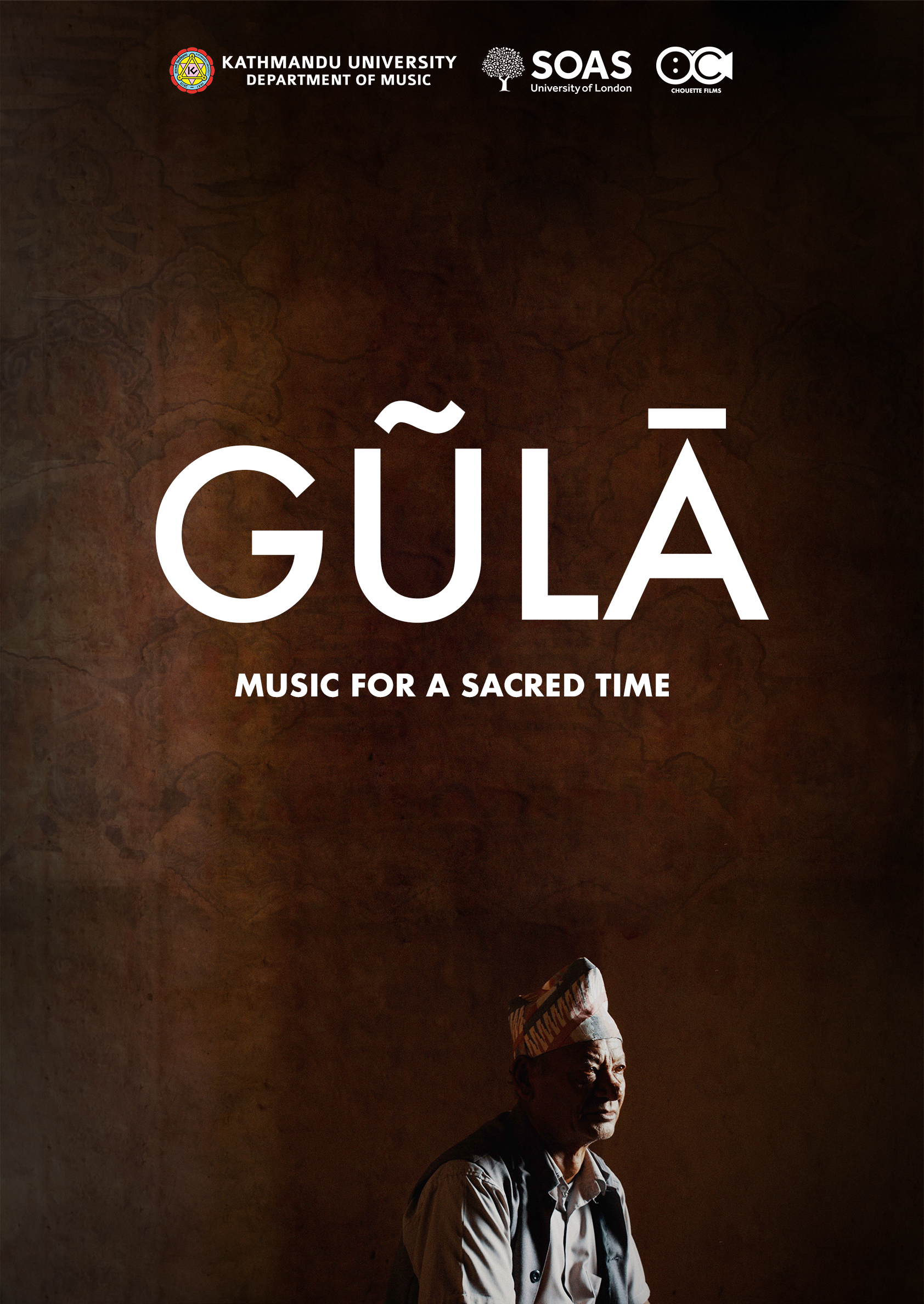
Gũlā - Music for a sacred time
The Kathmandu Valley, Nepal, is renowned for its rich artistic and architectural heritage, produced over a period of two millennia under the patronage of local rulers and religious institutions. This visual and built heritage is renowned throughout the world, and celebrated in international museums, art galleries and scholarly publications. Music and dance were also part of this rich culture, and are frequently portrayed in paintings, sculptures and other representations from the 13th – 19th centuries, but are largely ignored by cultural historians. This musical heritage survives tenuously to the present day, but is increasingly threatened by natural disasters (the 2015 earthquake, the 2020 pandemic) and ongoing, pervasive socio-economic changes.
This film introduces the rich and varied religious and ritual musical heritage of the ancient royal city of Bhaktapur, as it survives today. It draws on Richard Widdess’s research over three decades. The film focuses on two genres of religious music: Hindu-Buddhist temple singing, and processional music for the Buddhist festival of Panchadān.
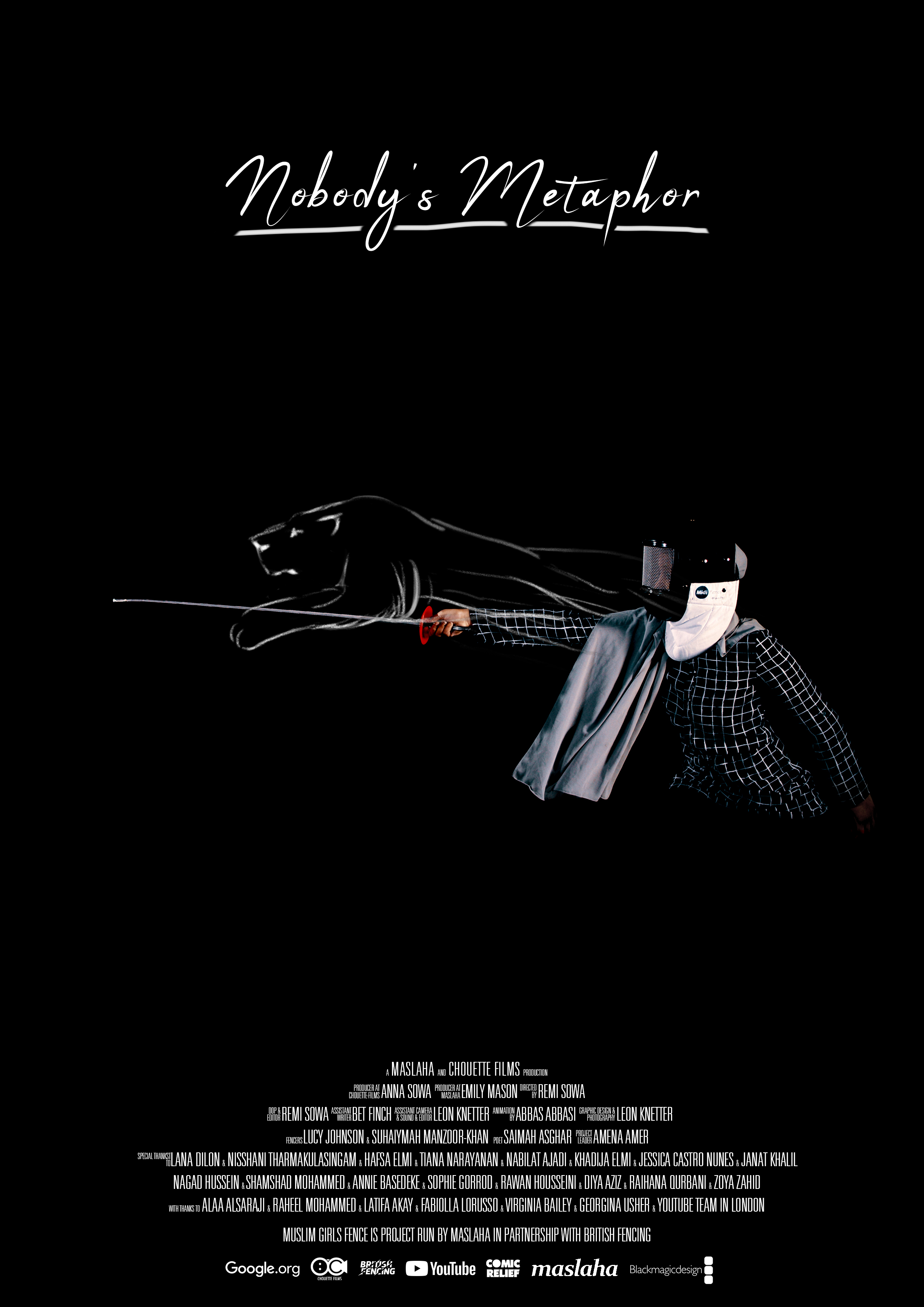
Nobody’s Metaphor
Nobody’s Metaphor, follows the experiences of four young women as they experiment with using an unusual combination of fencing and poetry to challenge stereotypes and define themselves without the weight of anyone else’s expectations. Although initially sceptical and somewhat demotivated, throughout the Muslim Girl’s Fence workshops they support each other to discover their own individual voices, finding the space to express themselves and the tools to confront racism, sexism and islamophobia.
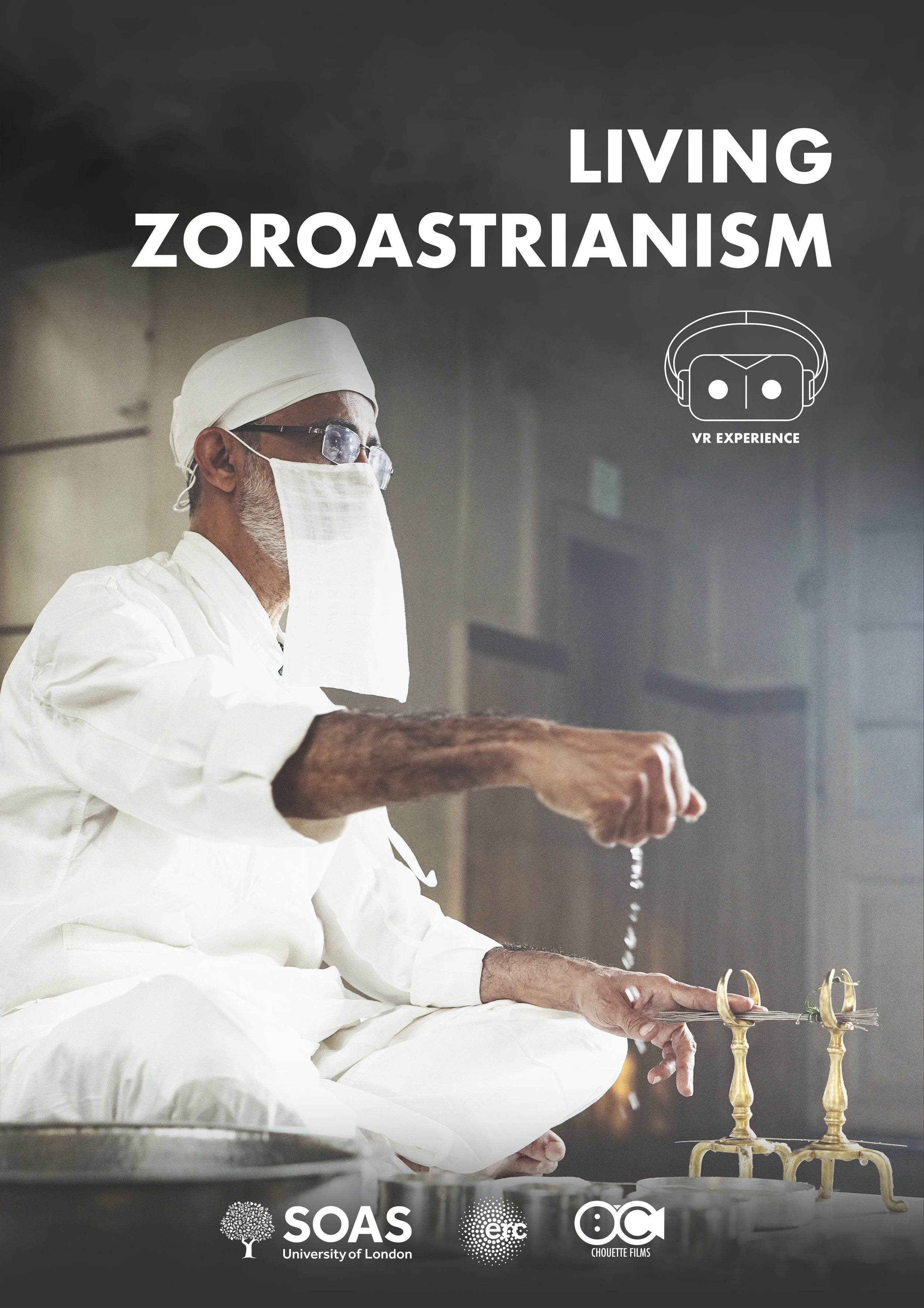
Living Zoroastrianism VR Installation
The film “Living Zoroastrianism” records the performance of the core ritual of the religious tradition of pre-Islamic Iran, Zoroastrianism, whose influence is arguably embedded in Judaism, nascent Christianity and Islam. Being some 3500 years old, this ritual, called Yasna, is a highly endangered human inheritance. Today it is performed only in India by the Zoroastrians, or Parsis, but access is limited to members of the microsophic Zoroastrian community of ca. 120,000 members world-wide. For the first time ever, a full-length performance was filmed in Mumbai 2017 by Chouette Films with cutting edge spherical video technology as part of the Multimedia Yasna Project funded by the European Research Council. Opening up the Yasna as a Virtual Reality (VR) experience to world-wide audiences, this 4.07 minutes film shows key scenes from the 2.5 hours ritual in a creative format. Viewers are immersed into the performance by means of VR glasses and are led by the voice of a Zoroastrian priest explaining that the Yasna is the story of the human soul travelling through the universe. The ritual begins with the act of fetching water from the well - just as the human soul comes into the world - and ends with the libation being poured back to the well - in the same way as our souls return to where they came from. This film not only opens new horizons to both Zoroastrians and non-Zoroastrians but also documents and preserves a highly endangered human inheritance. Moreover, the VR documents visual detail of the ritual never seen before, such as the contents of cups, and allows the viewing of scenes happening simultaneously. The film is thus an invaluable source of information which has never before been available, and preserves it for posterity for both scholars and the general public.
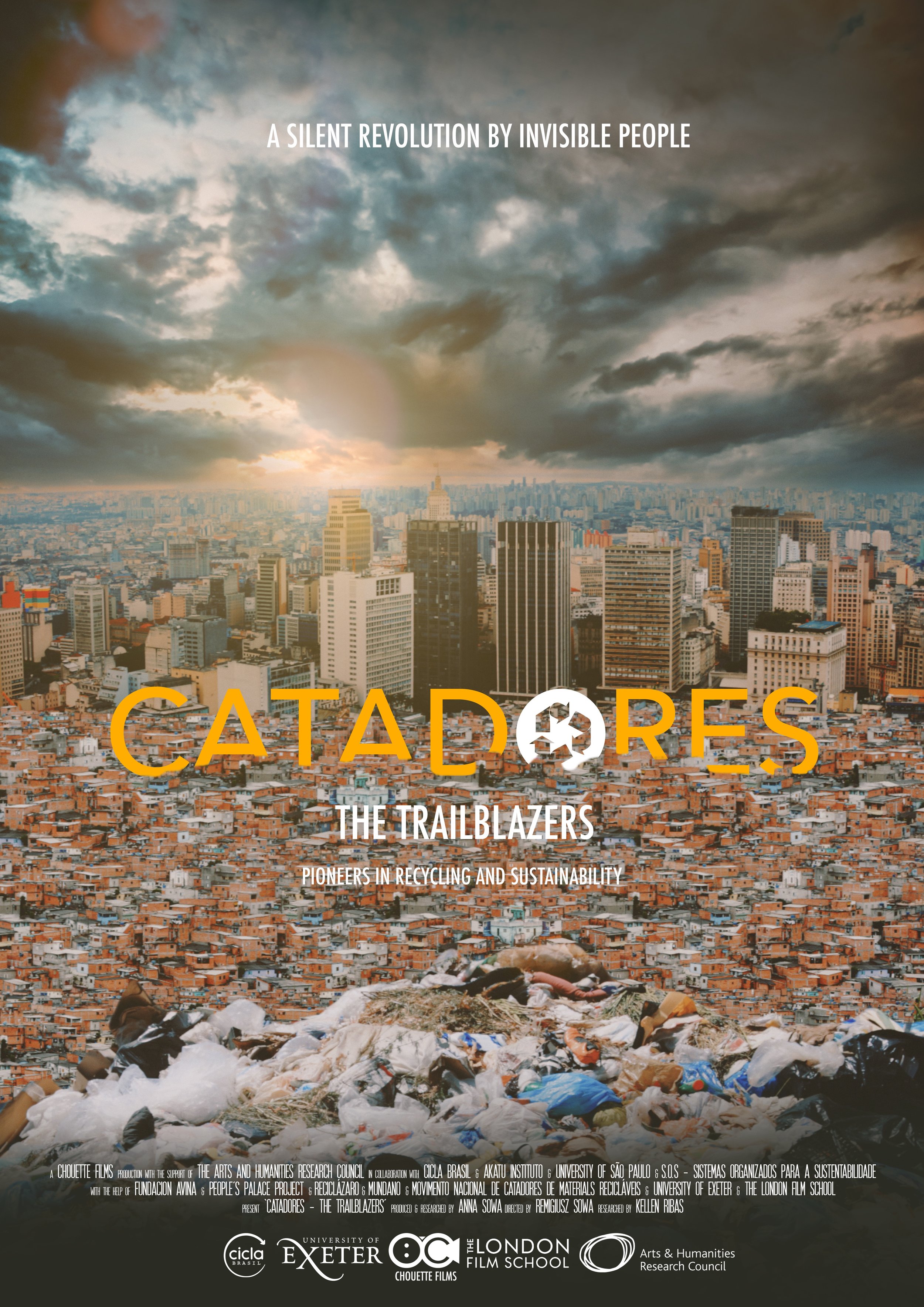
CATADORES - THE TRAILBLAZERS
A SILENT REVOLUTION BY INVISIBLE PEOPLE.
‘Catadores’ (Portuguese for ‘waste pickers’) face myriad challenges in Brazil – but in many ways, they are a real success story: they are people who collectively raised their voices, formed cooperatives and, in some cases, won inclusion for themselves as part of the municipal waste system. Through their work, catadores do more than just sustain their own livelihoods: they prevent recyclable materials from ending up in landfills, protect natural resources from use in production, and reduce the cost of solid waste management for municipalities. The local cooperatives that they have formed are essential to the national waste system. This is the story Chouette Films is passionate to share in collaboration with Akatu Instituto, Cicla Brasil, S.O.S - Sistemas Organizados para a Sustentabilidade, and the University of São Paulo.
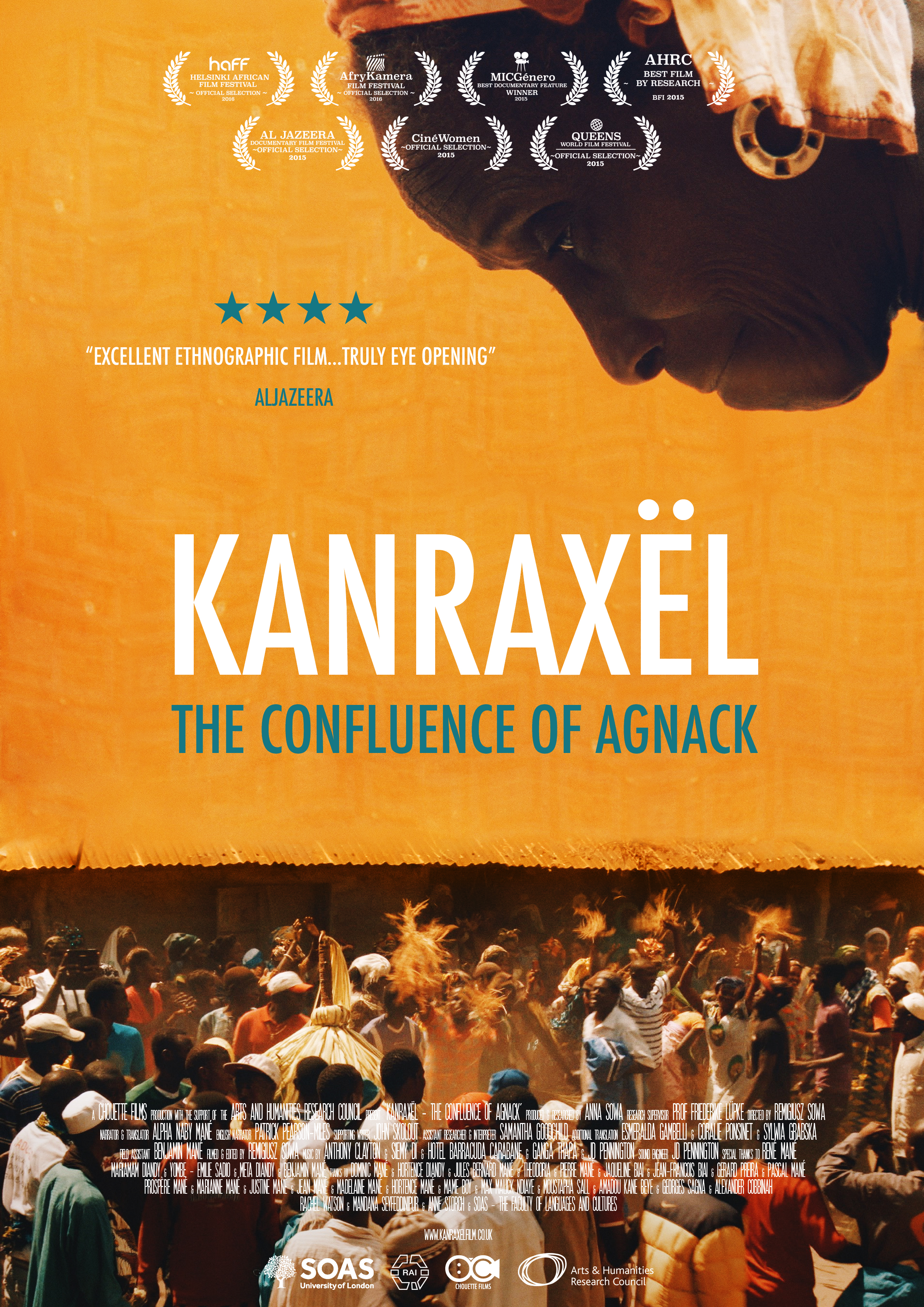
KANRAXËL - THE CONFLUENCE OF AGNACK
A UNIQUE DOCUMENTARY ABOUT LINGUISTIC AND CULTURAL DIVERSITY IN A SETTING TOO OFTEN PORTRAYED AS TRIBAL, ISOLATED AND UNDERDEVELOPED.
Agnack is a place where both rivers and people converge in the most stunning of ways – a place where it is considered perfectly normal to speak a minimum of six languages. For the first time in history the people of Agnack allowed cameras to film as they prepare for an unforgettable event that gives a visually enticing record of local religion, focused on honouring the ancestors. As every single aspect of life in Agnack and the wider region, the anniversary of death celebrations with which the film culminates are thickly multilingual and testifiy of the interconnectedness and cosmopolitanism of this area, where diversity and multilingualism are centuries old.
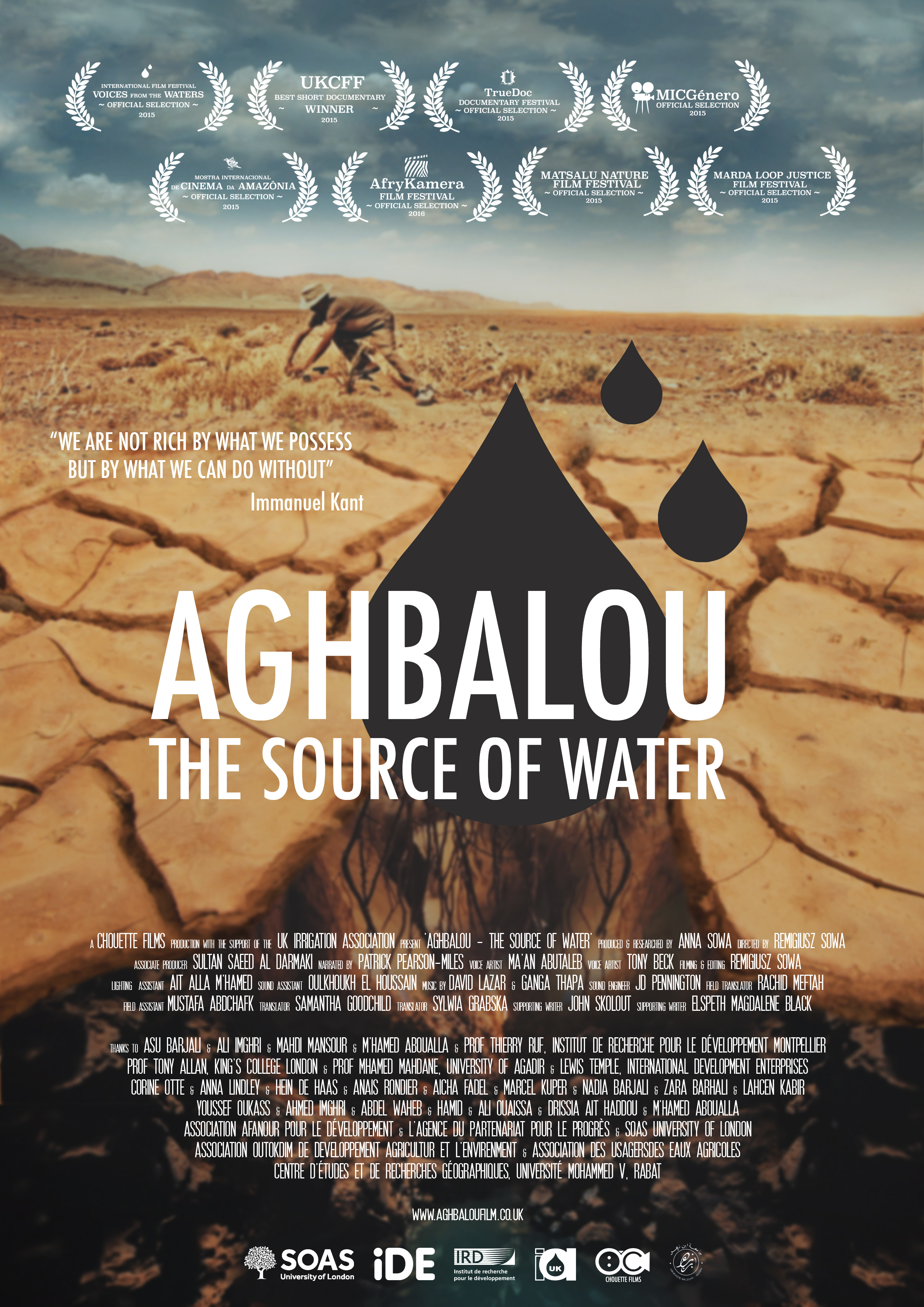
AGHBALOU - THE SOURCE OF WATER
IN THE FACE OF AN INCREASINGLY HOSTILE AND UNPREDICTABLE CLIMATE, AGHBALOU - THE SOURCE OF WATER COMBINES A LOCAL STORY OF STRUGGLE AND NEGLECT WITH A GLOBAL CALL TO ACTION AGAINST THE GROWING CHALLENGES OF SUSTAINING WATER AND FIGHTING POVERTY.
The oasis of the Todgha Valley, a small river oasis on the southern slopes of the High Atlas Mountains in Morocco, have successfully sustained livelihoods and agriculture for centuries through an ancient and elaborate system of underground channels, but today new threats and challenges are facing these age-old communities. The film tells the story of people and their individual aspirations for a better future amid the swirl of challenges facing the area: population growth, groundwater over-extraction, emigration, climate change and unequal development, among others.







